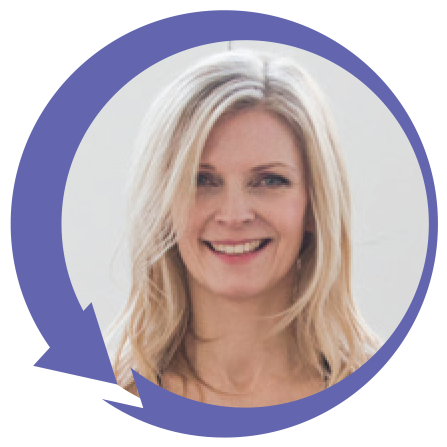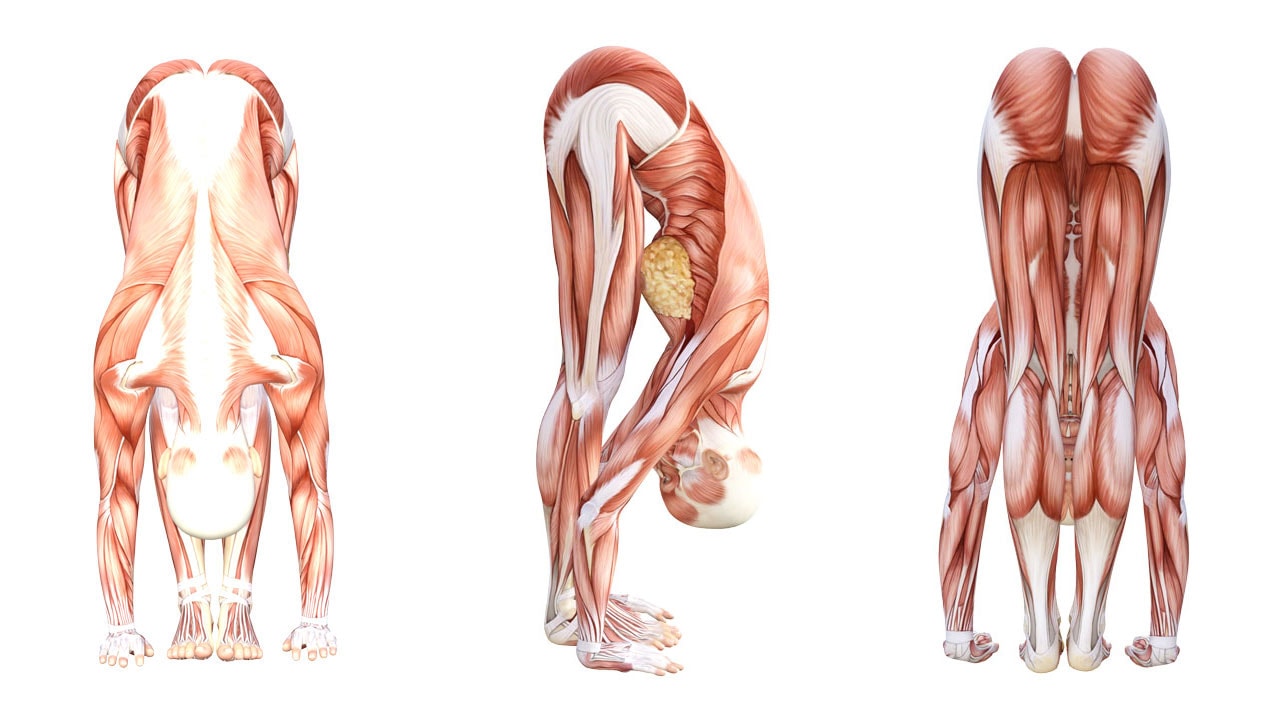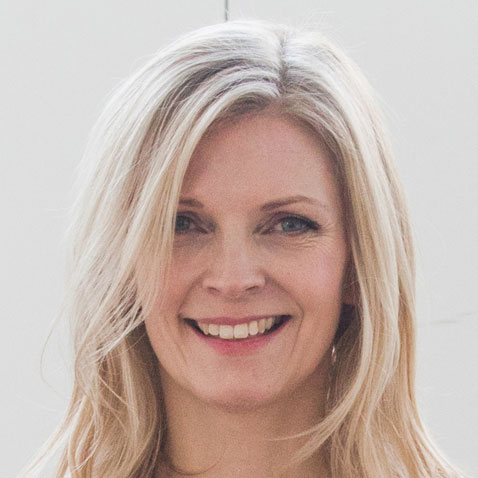
A 360º overview of...
Standing Forward Bend Pose (Uttanasana)
With Dr Kiki Morriss
Exploring the third pose of the Sun Salutation sequence, Standing Forward Bend Pose (Uttanasana). Part three of a 12-part series. By Dr Kiki Morriss
Sun Salutation 2022
This month we are looking in depth at the third pose of the Sun Salutation sequence – Standing Forward Bend Pose (Uttanasana). The Sanskrit term can be broken down as follows: Uttana (Intense Stretch) and Asana (Posture).
MOVING INTO THE POSE
- Start in Mountain Pose (first pose of the Sun Salutation).
- Inhale and lift your arms into Upward Salute Pose (second pose of the Sun Salutation).
- Exhale and fold at your hips into Standing Forward Bend Pose. Move your upper body towards your legs.
FOCUS YOUR GAZE
- Your focal point (drishti) is your nose or a fixed point straight ahead of you.
- Alternatively close your eyes and draw your focus inwards.
FEET
- Stand with your feet together and facing forwards.
- Allow your big toes and the centres of your inner ankles to touch.
- Spread your weight evenly across the inner and outer edges of your feet and across the surface of your feet.
- Feel light on your feet, as you lift your arches.
LEGS
- Engage your quadriceps to keep your legs straight.
- Activate the adductor muscles of your inner thighs to draw your femurs (thigh bones) together.
- Lift your inner and outer ankles and draw your Achilles tendons up.
HANDS & ARMS
- If possible, place your hands on the ground on either side of your feet, with your fingers pointing forwards and in line with your toes.
- Lightly press into your hands to lengthen your spine.
- Keep your hands fixed on the ground and contract your biceps to bend your elbows so they are pointing backwards. This will bring your upper body towards your legs.
- If your hands do not reach the ground, lengthen your fingers towards the earth.
NECK & SHOULDERS
- Release your head and lengthen the back of your neck.
- Soften your shoulders away from your neck to create space and to release tension.
LEGS
- Use your quadriceps to straighten your legs and feel the stretch in your hamstrings.
- Align your shins, knees and thighs, so they are in a vertical line.

STRETCH THE POSTERIOR KINETIC CHAIN
- Feel the stretch of the muscles of your posterior kinetic chain. This is the group of muscles at the back of your body and includes the gastrocnemius, hamstrings, gluteus maximus, quadratus lumborum and erector spinae.
- Breathe into the back of your body.
- Feel the backs of your knees opening.
- Feel your body lengthening and releasing in the pose, as you surrender your body to the force of gravity.
INSIGHTS IN STANDING FORWARD BEND POSE
- Adopt an attitude of awareness, acceptance and compassion towards your body, regardless of how flexible or strong you are.
- Enjoy where you are in the pose, rather than pushing and forcing your body to go deeper.
- Breathe mindfully in the pose. With each exhalation feel your body softening and feel the pose deepening naturally and safely.
- Practice the pose every day and reflect on these words of Dr Timothy McCall: “One of the fundamental principles of yoga is that a small action done repeatedly can make an enormous difference.”
BENEFITS
- Stretches your posterior kinetic chain, including your hamstrings and gluteus maximus.
- Lengthens your spine, particularly after sitting for long periods.
- Calms your mind.
- Relieves anxiety and stress.
- Develops patience and acceptance.
MODIFICATIONS AND CONTRAINDICATIONS
- If tightness in your hamstrings and back is limiting you in this pose, bend your knees and/or place your feet hip width apart.
- If your hands don’t reach the ground, place your hands on yoga blocks.
- Rest the crown of your head on a yoga brick for extra support, particularly if you have tension in your neck.
- Relieves anxiety and stress.
- If you have low blood pressure, high blood pressure or a hamstring or back injury, it is recommended to practice under the guidance of an experienced yoga teacher.
“The real payoff of a yoga practice, I came to see, is not a perfect handstand or a deeper forward bend – it is the newly born self that each day steps off the yoga mat and back into life” - Rolf Gates






